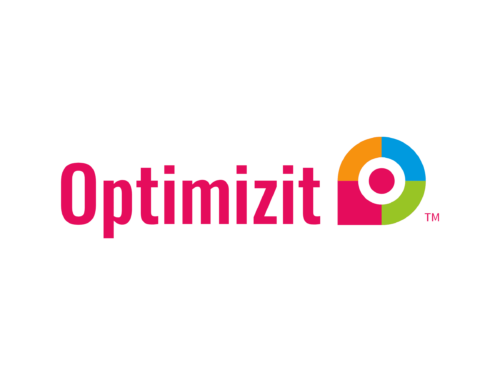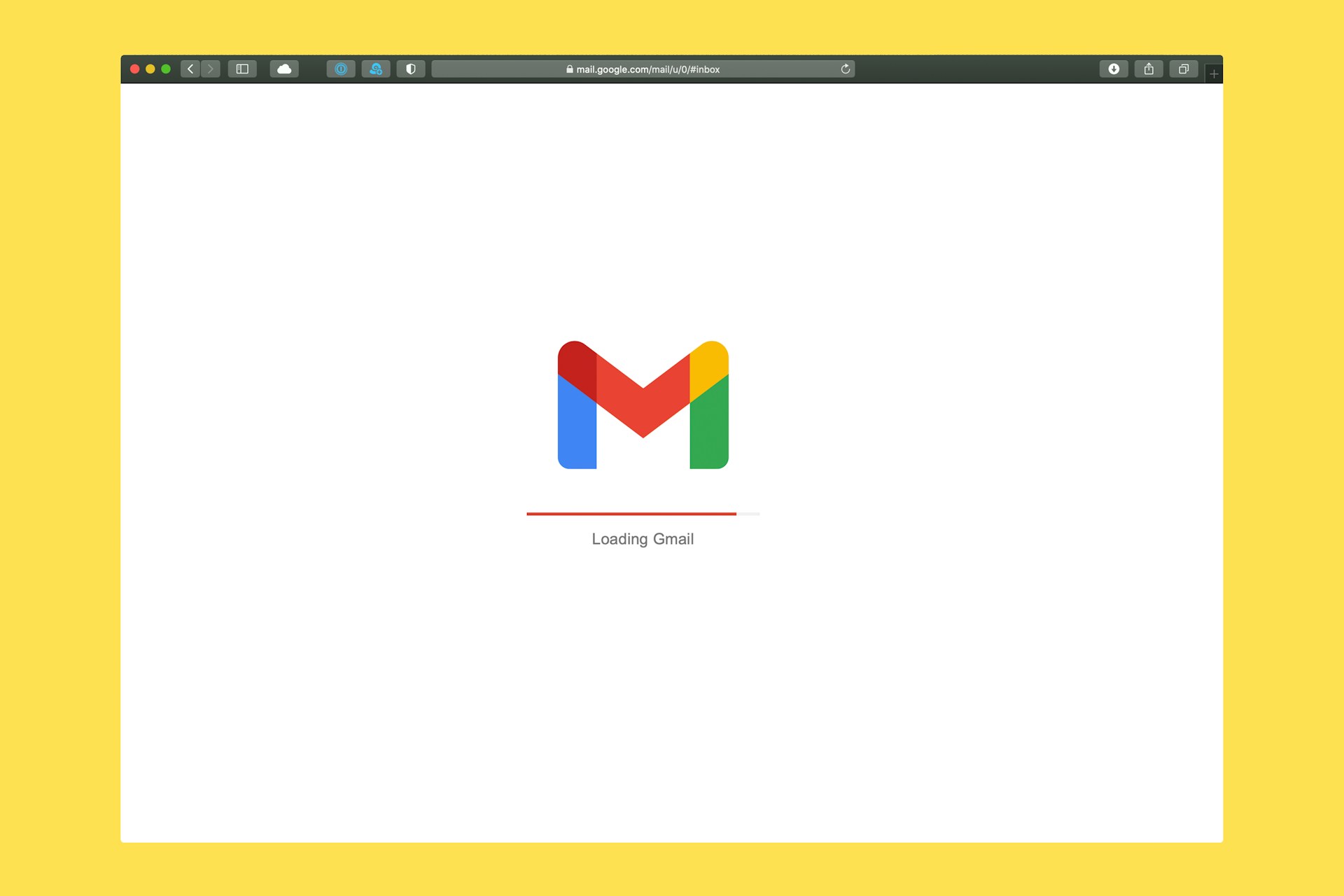Email marketing remains one of the most powerful tools for reaching customers directly. It allows businesses to communicate with a wide audience while still offering a personal touch. By using effective strategies, companies can boost their engagement rates and build lasting relationships with their subscribers.
The key to successful email marketing is in the details—from crafting the perfect subject lines to choosing the right time to hit send. Building a targeted email list ensures that your messages reach the right people. This targeted approach not only improves open rates but also enhances conversion rates, leading to greater success.
Embracing these strategies not only helps in maximizing email effectiveness but also paves the way for continuous improvement. By keeping tabs on what works and what doesn’t, businesses can optimize their approach, ensuring each campaign is better than the last. This way, email marketing remains a vital part of the digital marketing strategy, contributing significantly to the growth and visibility of a business.
Building a Targeted Email List
A targeted email list is the foundation of any successful email marketing strategy. Growing a quality email list starts with understanding who your ideal audience is and where to find them. Instead of focusing on huge numbers, prioritize gathering contacts who genuinely show interest in your content or products.
One effective strategy is offering value in exchange for an email address. This can be through freebies such as eBooks, whitepapers, or exclusive discounts. Ensure that your signup form is prominently displayed on your website and clearly communicates the benefits of subscribing. Social media channels also serve as a great platform to promote your newsletter and reach a wider audience.
Email list segmentation is crucial. It involves dividing your list into smaller groups based on specific criteria like interests or past behaviors. Segmentation allows you to tailor your messages to fit the unique needs of each group. This personalized approach significantly increases engagement rates. For example:
1. New Subscribers: Share a welcome series introducing your brand and popular products.
2. Past Purchasers: Send tailored offers based on their buying history.
3. Engaged Users: Share special promotions or early access sales.
By focusing on building a quality list and segmenting effectively, you ensure that your emails are well-received and impactful.
Crafting Compelling Email Content
The content of your email is what keeps your audience engaged and drives them to take action. Start with a strong subject line. This is the first thing readers see, so make it catchy and relevant. Avoid using all caps or too many exclamation marks, as these can trigger spam filters and turn potential readers away.
The email body should be concise yet informative. Use simple language that a fifth-grader can understand. It’s also a good idea to personalize the content by using the subscriber’s name. This connection makes your message feel more intimate and relevant.
Using visuals effectively can enhance your message. Images, GIFs, and videos can help break the monotony of text and draw attention to crucial points. However, ensure that these elements are optimized for fast loading times and do not distract from the main message.
Calls-to-Action (CTAs) are essential. Position them strategically to increase clicks and engagement. Use action-oriented language, such as “Discover more,” “Claim your discount,” or “Join now.” Test different placements and styles to see which gets the best response.
By focusing on crafting engaging and visually appealing content with clear CTAs, your emails can achieve higher open rates and inspire readers to act.
Timing and Frequency of Emails
Finding the sweet spot for when and how often to send emails can significantly impact engagement. Timing is crucial because it determines when your audience is most likely to check their inbox, which directly affects open rates.
Research suggests that sending emails on weekdays tends to yield better results, with Tuesday and Thursday often considered prime days. However, this can vary based on your audience. Checking historical data from your campaigns can help pinpoint the best times for your particular subscribers.
Balancing frequency is equally important. Bombarding subscribers with emails can lead to fatigue, causing them to unsubscribe or ignore future messages. On the other hand, sending too few can result in your brand being forgotten. To find the right balance, consider segmenting your audience based on how often they like to receive emails. This way, you can tailor the email frequency to match subscriber preferences.
Test different sending schedules using a small segment of your list. Monitor performance metrics like open and click rates to gauge what’s working. By carefully planning when and how often you send messages, you ensure your emails are well-received and maintain interest without overwhelming your audience.
Measuring and Optimizing Email Performance
Understanding the effectiveness of your email campaigns relies on tracking the right metrics. Open rates show how many people are clicking to read your email and indicate the appeal of your subject lines. Click-through rates (CTR) reveal how engaging your content is by showing the percentage of people clicking on your links.
Regularly reviewing these metrics helps you identify trends and areas for improvement. To dig deeper, implement A/B testing. This involves sending two versions of an email to two smaller groups and monitoring which performs better. You can test different subject lines, email copy, visuals, and CTAs. Use this information to make data-driven adjustments and refine your strategy.
Additionally, focus on conversion rates, which measure how well your email achieves its intended action, like a sale or signup. Low conversion rates with high open rates might mean your audience is interested but not convinced to act. This could require stronger calls-to-action or more compelling offers.
Consistent analysis and optimization keep your email marketing strategy effective. By embracing insights from performance data, you can enhance your campaigns to better meet your objectives and delight your subscribers.
Conclusion
Effective email marketing combines strategic planning, creative content, and careful analysis. Building a quality email list ensures your messages reach the right audience, and crafting engaging content captures their attention. Timing and frequency play crucial roles in maintaining interest without overwhelming subscribers, while performance tracking helps refine your approach.
As digital marketing continues to evolve, staying updated with the latest strategies and tools is essential. Whether you are a small business or a large enterprise, embracing these email marketing techniques can lead to better engagement, improved customer relationships, and ultimately, business growth. By focusing on personalizing communication and leveraging insights, you position your brand to succeed in a competitive landscape.
Ready to supercharge your email marketing efforts? Join the experts at Optimizit, a local SEO agency, to enhance your strategies and see real results. Our team is dedicated to helping you create engaging campaigns that connect with your audience. Let’s work together to boost your visibility and take your email marketing to the next level. Reach out today to start optimizing your marketing efforts with the power of Optimizit.

